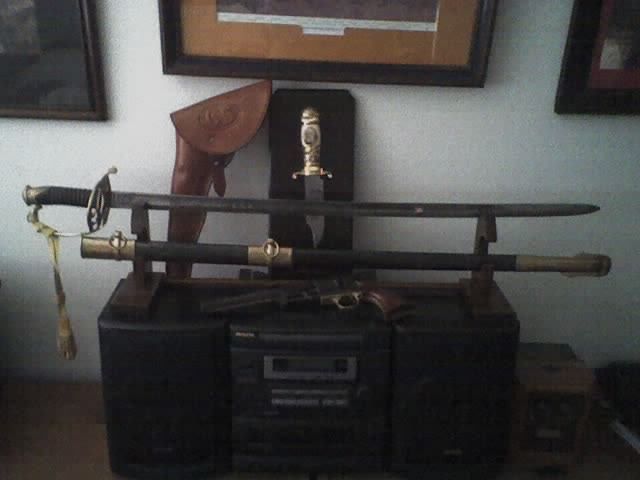This question may be outdated for modern tactics and training, but it is still a tactical question of interest nevertheless.
I was told once that cavalry troopers in the 18th and 19th centuries (and indeed most of the armies of the entire history of the West with some exceptions) did not sharpen their sabers and instead used them with a dull edge. The idea being that a sharp blade would cut into a man and get stuck like an axe on green wood. With a dull blade, according to this theory, the sword would kill or cripple a man by breaking bones and flesh rather than slicing flesh.
Yet I hear in songs, stories and writings throughout the American War For Independence and the War Between the States of sabers that were always sharp and cut deep into enemy soldiers, etc. (CSA Cavalry General Nathan Bedford Forrest always kept his saber razor sharp.)
Any thoughts on this from either view for those of you who are tactical historians?
I was told once that cavalry troopers in the 18th and 19th centuries (and indeed most of the armies of the entire history of the West with some exceptions) did not sharpen their sabers and instead used them with a dull edge. The idea being that a sharp blade would cut into a man and get stuck like an axe on green wood. With a dull blade, according to this theory, the sword would kill or cripple a man by breaking bones and flesh rather than slicing flesh.
Yet I hear in songs, stories and writings throughout the American War For Independence and the War Between the States of sabers that were always sharp and cut deep into enemy soldiers, etc. (CSA Cavalry General Nathan Bedford Forrest always kept his saber razor sharp.)
Any thoughts on this from either view for those of you who are tactical historians?


